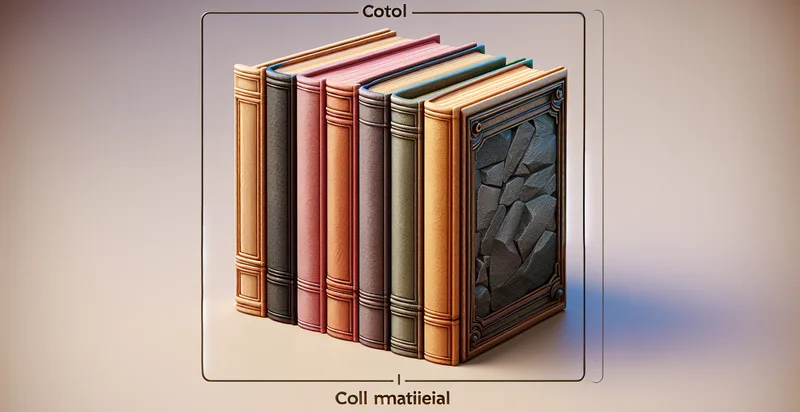Identify what material a leash is made from
using AI
Below is a free classifier to identify what material a leash is made from. Just upload your image, and our AI will predict what material a leash is made from - in just seconds.

Contact us for API access
Or, use Nyckel to build highly-accurate custom classifiers in just minutes. No PhD required.
Get started
import nyckel
credentials = nyckel.Credentials("YOUR_CLIENT_ID", "YOUR_CLIENT_SECRET")
nyckel.invoke("what-material-a-leash-is-made-from", "your_image_url", credentials)
fetch('https://www.nyckel.com/v1/functions/what-material-a-leash-is-made-from/invoke', {
method: 'POST',
headers: {
'Authorization': 'Bearer ' + 'YOUR_BEARER_TOKEN',
'Content-Type': 'application/json',
},
body: JSON.stringify(
{"data": "your_image_url"}
)
})
.then(response => response.json())
.then(data => console.log(data));
curl -X POST \
-H "Content-Type: application/json" \
-H "Authorization: Bearer YOUR_BEARER_TOKEN" \
-d '{"data": "your_image_url"}' \
https://www.nyckel.com/v1/functions/what-material-a-leash-is-made-from/invoke
How this classifier works
To start, upload your image. Our AI tool will then predict what material a leash is made from.
This pretrained image model uses a Nyckel-created dataset and has 15 labels, including Bamboo, Biothane, Canvas, Chain, Cotton, Leather, Neoprene, Nylon, Paracord and Plastic.
We'll also show a confidence score (the higher the number, the more confident the AI model is around what material a leash is made from).
Whether you're just curious or building what material a leash is made from detection into your application, we hope our classifier proves helpful.
Related Classifiers
Need to identify what material a leash is made from at scale?
Get API or Zapier access to this classifier for free. It's perfect for:
- Material Quality Assessment: This use case involves evaluating the quality of materials used in dog leashes to ensure durability and safety. Manufacturers can streamline their quality control processes by automatically identifying and classification of materials, reducing the risk of product defects.
- Eco-Friendly Product Line Identification: Retailers can leverage this function to classify leashes made from eco-friendly materials. By identifying sustainable options, businesses can promote environmentally friendly products and cater to eco-conscious consumers.
- Market Research and Trend Analysis: This feature allows companies to analyze trends in materials used for leashes across regions and demographics. By understanding which materials are gaining popularity, businesses can adjust their offerings to better meet customer demands and stay ahead of competitors.
- Compliance and Safety Regulations: Companies can use this classification function to ensure that leashes meet specific safety standards based on their materials. By automatically verifying compliance, brands can minimize legal risks and ensure consumer safety.
- Inventory Management Optimization: Retail businesses can utilize this function to manage their inventory more effectively by identifying leash materials that are in high demand. This insight allows for better stock control and helps prevent overproduction of less popular materials.
- Customization and Personalization Options: Pet service providers can use material classification to offer tailored leash options for customers based on preferences or specific needs. Understanding material types allows them to suggest personalized products that align with individual dog behavior and owner lifestyle.
- Data-Driven Marketing: Marketers can harness material classification to create targeted marketing campaigns for different leashes. By understanding the material composition, they can better position products towards specific consumer segments, highlighting attributes like comfort, durability, or sustainability.


